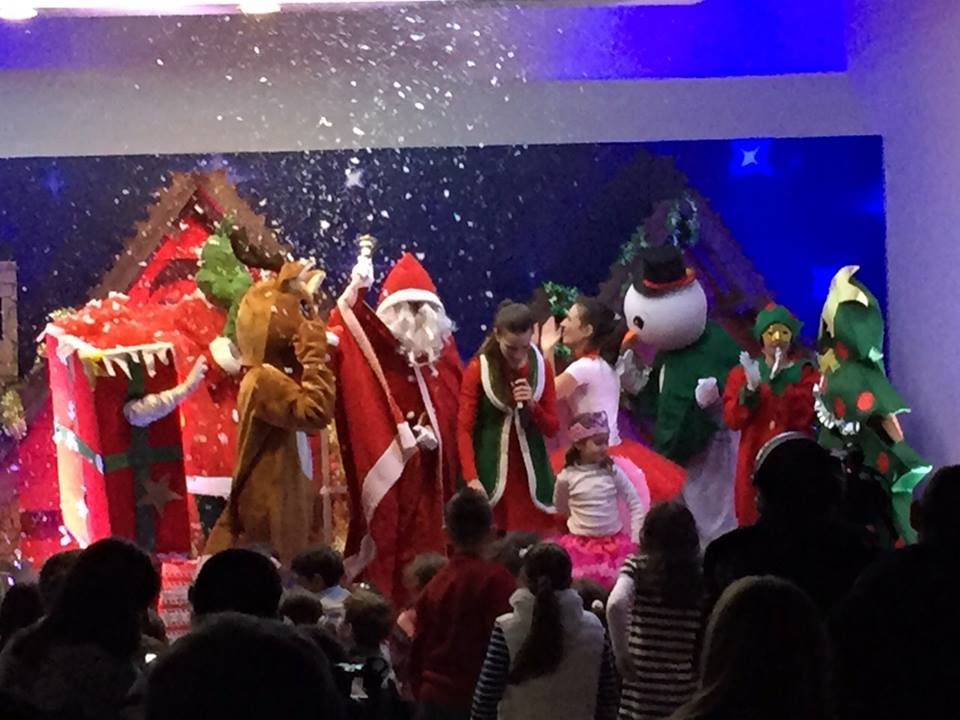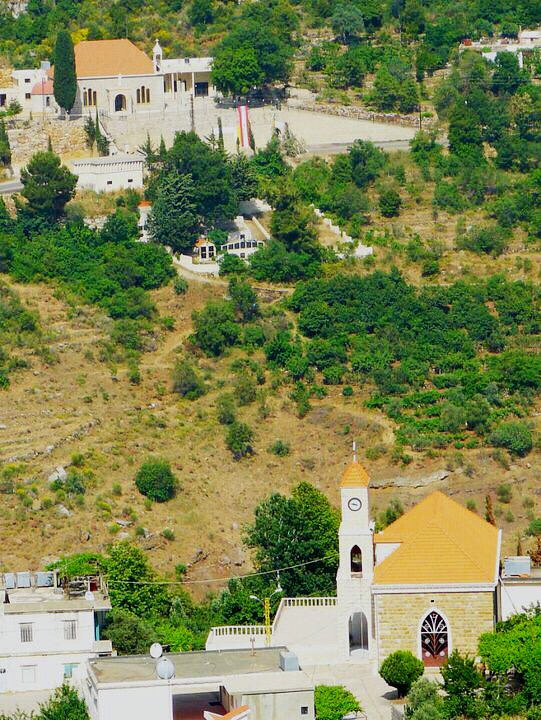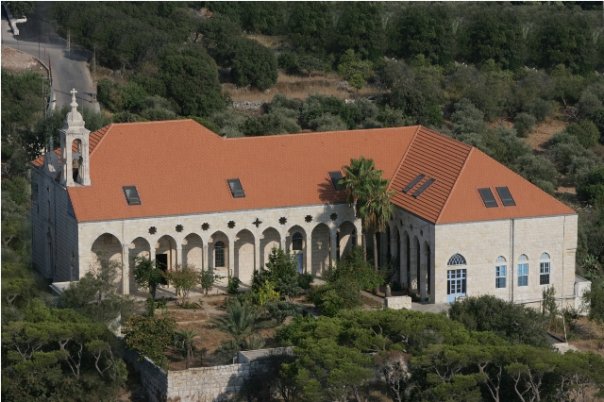|
Byblos District
Byblos District (; transliteration: ''Qadaa' Jbeil''), also called the Jbeil District (''Jbeil'' is Lebanese Arabic for "Byblos"; standard Arabic ''Jubail''), is a district ('' qadaa'') of the Keserwan-Jbeil Governorate of Lebanon. It is located to the northeast of Lebanon's capital Beirut. The capital is Byblos. The rivers of al-Madfoun and Nahr Ibrahim form the district's natural northern and southern borders respectively, with the Mediterranean Sea bordering it from the west and Mount Lebanon from the east, separating it from the adjacent district of Baalbek in the Beqaa Valley. Demographics The district's population is predominantly Maronite Catholic, followed by a Shia Muslim minority community. The largest towns of the district are predominantly inhabited by Maronites; notably Byblos, Qartaba, Aqoura and Amsheet. Most Shia Muslims live in the villages of Almat, Ras Osta, Hjoula and Bichtlida, and in the jurd highlands of Lassa, Afqa and Mazraat es-Siyad. A Greek ... [...More Info...] [...Related Items...] OR: [Wikipedia] [Google] [Baidu] |
Byblos Port
Byblos Port is an ancient port in Byblos, Lebanon, and one of the oldest ports in the world. What began around 6500 BC as a simple fishing village grew into a prosperous city with a rich history. Around 3000 BC, Byblos Port was the most important timber shipping center in the eastern Mediterranean. It was used by the Phoenicians to ship their local Lebanese wine, wine, Cedars of Lebanon and other wood to the Pharaohs of Ancient Egypt to be used in tomb construction and shipbuilding. References External linksByblos information Ports_and_harbors_of_Lebanon Ports and harbours of the Arab League Transport in the Arab League {{Water-transport-stub ... [...More Info...] [...Related Items...] OR: [Wikipedia] [Google] [Baidu] |
Baalbek
Baalbek (; ; ) is a city located east of the Litani River in Lebanon's Beqaa Valley, about northeast of Beirut. It is the capital of Baalbek-Hermel Governorate. In 1998, the city had a population of 82,608. Most of the population consists of Shi'a Islam in Lebanon, Shia Muslims, followed by Sunni Islam in Lebanon, Sunni Muslims and Christianity in Lebanon, Christians; in 2017, there was also a large presence of Refugees of the Syrian civil war, Syrian refugees. Baalbek has a history that dates back at least 11,000 years, encompassing significant periods such as Prehistory of Lebanon, Prehistoric, Canaanite, Hellenistic period, Hellenistic, and Phoenicia under Roman rule, Roman eras. After Alexander the Great conquered the city in 334 BCE, he renamed it Heliopolis (, Greek language, Greek for "Sun City"). The city flourished under Roman rule. However, it underwent transformations during the Historiography of the Christianization of the Roman Empire, Christianization period and t ... [...More Info...] [...Related Items...] OR: [Wikipedia] [Google] [Baidu] |
Jeddayel
Jeddayel (; also spelled ''Geddayel'' or ''Jadayel'') is a town in the Byblos District of the Keserwan-Jbeil Governorate, Lebanon. It is located 4 km north of Byblos. Its inhabitants are predominantly Greek Orthodox Church of Antioch, Greek Orthodox and Maronites, Maronite Christians. Its population is about 1,500. Demographics Jeddayel is located in a predominantly Christian Greek Orthodox Church of Antioch, Greek Orthodox area know locally as ''Qornet Al Rom'', containing seven Christian Greek Orthodox Church of Antioch, Greek Orthodox towns: Mounsef, AlRihani, Jeddayel, Barbara, Lebanon, Barbara, Chikhane, Gharzouz, and Hosrayel. Churches There exist three churches in Jeddayel, because the martyr Dometius of Persia is the patron saint of a large part of the population. Two churches, a Maronite and another Greek Orthodox, are named ''Mar Doumit''. The third church is in honour of ''Blessed Virgin Mary (Roman Catholic), Notre Dame''. Events and festivals 'Mar Doumit feast ... [...More Info...] [...Related Items...] OR: [Wikipedia] [Google] [Baidu] |
Mounsef
Mounsef (, also spelled ''al-Mounsif'') is a municipality in the Byblos District of Keserwan-Jbeil Governorate, Lebanon. It located off the Mediterranean coast and is 47 kilometers north of Beirut. Mounsef has an average elevation of 220 meters above sea level and a total land area of 341 hectares. Its inhabitants are predominantly Greek Orthodox Christian Greek Orthodox Church (, , ) is a term that can refer to any one of three classes of Christian Churches, each associated in some way with Greek Christianity, Levantine Arabic-speaking Christians or more broadly the rite used in the Eastern Roma ...s. References Populated places in Byblos District Eastern Orthodox Christian communities in Lebanon {{Lebanon-geo-stub ... [...More Info...] [...Related Items...] OR: [Wikipedia] [Google] [Baidu] |
Greek Orthodox Christianity In Lebanon
Lebanese Greek Orthodox Christians () refers to Lebanese people who are adherents of the Greek Orthodox Church of Antioch in Lebanon, which is an autocephaly, autocephalous Greek Orthodox Church within the wider communion of Eastern Orthodox Christianity, and is the second-largest Christianity in Lebanon, Christian denomination in Lebanon after the Maronite Christianity in Lebanon, Maronite Christians. Lebanese Greek Orthodox Christians are believed to constitute about 8% of the total population of Lebanon.Lebanon – International Religious Freedom Report 2010 U.S. Department of State. Retrieved on 14 February 2010. ... [...More Info...] [...Related Items...] OR: [Wikipedia] [Google] [Baidu] |
Mazraat Es-Siyad
Mazraat es-Siyad (; also transliterated Mazraet es-Siyed, Mazraet el-Siyed, ) is a mountainous village and municipality in the highlands of the Byblos District in the Keserwan-Jbeil Governorate, Lebanon. The town is away from Beirut, and stands at an elevation of above sea level. History The area where the village stands was known as Deir ʿaouza (, ), meaning “The Highest Monastery” or "Monastery of Strength" in reference to the village’s ancient Maronite monastery situated high up in the mountainous village. During the Mamluk era (13th–15th century), local chieftain Sheikh Nawfal Ibrahim El-Khoury bestowed the ruins of the monastery to an ancestor of Al-Husseini family, Sayyid Hussein al-Husseini. Al-Husseini is said to be the first person to reside in the abandoned area after he had restored the monastery. The village is mentioned in Tannus al-Shidiaq's 1859 ''Akhbar al-aʿyan fi Jabal Lubnan'' (The History of the Notables in Mount Lebanon) as part of the '' Muqata� ... [...More Info...] [...Related Items...] OR: [Wikipedia] [Google] [Baidu] |
Lassa, Lebanon
Lassa () is a municipality in the Byblos District of Keserwan-Jbeil Governorate, Lebanon. It is 90 kilometers north of Beirut. Lassa has an average elevation of 1,130 meters above sea level and a total land area of 739 hectares. The village contains one public school, which enrolled 15 students in 2008. Its inhabitants are predominantly Shia Islam in Lebanon, Shia Muslims with a Maronite minority. History Lassa was burnt by the Ottomans many times in reprisal for the Hamadeh lords' failure to remit tax incomes. In the late 18th century, the Hamadeh and most of their allied clans were driven out of Lassa and Mount Lebanon to the Beqaa valley. The village of Lassa has been at the center of a controversy over property ownership and development, revolving around the Maronite Church's claim to two-thirds of the village's 3 million square meters of land. Tensions escalated when the Miqdad family began construction on this contested land, sparking condemnation from the Church and allegati ... [...More Info...] [...Related Items...] OR: [Wikipedia] [Google] [Baidu] |
Fidar
Fidar (), municipality in the Byblos District of Keserwan-Jbeil Governorate, Lebanon. It is 35 kilometers of Beirut. Fidar has an average elevation of 100 meters above sea level and a total land area of 390 hectare The hectare (; SI symbol: ha) is a non-SI metric unit of area equal to a square with 100-metre sides (1 hm2), that is, square metres (), and is primarily used in the measurement of land. There are 100 hectares in one square kilometre. ...s. As of 2008, the village contained one public school with 206 students enrolled. Nassib Zgheib is the president of the municipality since 2019. This small village is also known for his 800-year-old church (kniset saïdet el doueir). References Populated places in Byblos District {{Lebanon-geo-stub ... [...More Info...] [...Related Items...] OR: [Wikipedia] [Google] [Baidu] |
Hjoula
Hjoula () is a municipality in the Byblos District of Keserwan-Jbeil Governorate, Lebanon. It is north of Beirut. Hjoula has an elevation of between above sea level. Hjoula has a total land area of . The village of Hjoula is known for its fertile soil and its woods, as well as Late Cretaceous fossils. Etymology The word is an Aramaic one, however the meaning is uncertain. Most historians and linguists suggest it means "Oval" due to its oval shape, while some others speculate it comes from the Syriac root "G-l-a" and subsequently to the word "Guola" which supposedly means "The place of the wandering salesman". Hjoula, a village in the Byblos region, has been influenced by various civilizations throughout history. Originally a pagan village, Hjoula was part of the ancient Phoenician culture, which was known for its polytheistic beliefs and rituals. Over time, the village experienced the presence of several civilizations, including the Egyptians, Assyrians, Persians, and Romans, ea ... [...More Info...] [...Related Items...] OR: [Wikipedia] [Google] [Baidu] |
Ras Osta
Ras Osta (, also spelled ''Ras Usta'') is a municipality in the Byblos District of Keserwan-Jbeil Governorate, Lebanon. It is 55 kilometers north of Beirut. Ras Osta has an average elevation of 900 meters above sea level and a total land area of 429 hectares. There were two companies with more than five employees operating in the village as of 2008. Its inhabitants are predominantly Shia Muslim Shia Islam is the second-largest Islamic schools and branches, branch of Islam. It holds that Muhammad in Islam, Muhammad designated Ali ibn Abi Talib () as both his political Succession to Muhammad, successor (caliph) and as the spiritual le ...s. References Populated places in Byblos District Shia Muslim communities in Lebanon {{Lebanon-geo-stub ... [...More Info...] [...Related Items...] OR: [Wikipedia] [Google] [Baidu] |
Amsheet
Amsheet (, '; also spelled Amchit) is a seaside town and municipality in the Byblos District of Keserwan-Jbeil Governorate, Lebanon, about 40 km north of Beirut. The town's average elevation is 140 meters above sea level and its total land area is 595 hectares. Its inhabitants are predominantly Maronite Christianity in Lebanon, Maronites, although there is a Shia Muslim minority. There are many old churches in Amsheet (more than a hundred and some old synagogues.). Demographics Amsheet's population is around 25,000. The majority of the inhabitants are Maronite Christianity in Lebanon, Maronite Christians. However, there is a significant Shia Muslim minority, who largely moved to Amsheet from predominantly Shia villages in the nearby mountains. Most Shia in Amsheet live in the Kfar Saleh neighborhood. Economy There are 29 companies in Amsheet that employ at least five people. With the largest one being IPT Group. Amsheet is known for its baskets and mats woven from palm leav ... [...More Info...] [...Related Items...] OR: [Wikipedia] [Google] [Baidu] |
Aqoura
Aqoura (, also spelled ''Aaqoura'', "Akoura") is a mountainous village in the Byblos District of Keserwan-Jbeil Governorate, Lebanon, 68 kilometers north of Beirut. Aaqoura has an average elevation of 1,600 meters above sea level (between 1000 and 2189 m) and a total land area of around 120 square kilometers. By voting power, it is the third largest town in the Byblos Jbeil District after Jbeil Byblos and Qartaba. Demographics Religion As of 2022, the religious make-up of the town's 4,152 registered voters were roughly 92.3% Maronite Catholics, 3.1% Greek Orthodox, 2.4% Greek Catholic Greek Catholic Church or Byzantine-Catholic Church may refer to: * The Catholic Church in Greece * The Eastern Catholic Churches The Eastern Catholic Churches or Oriental Catholic Churches, also known as the Eastern-Rite Catholic Churches, Ea ..., 0.8% Christian Minorities, and 1.4% others. References Populated places in Byblos District Maronite Christian communities in Lebanon [...More Info...] [...Related Items...] OR: [Wikipedia] [Google] [Baidu] |




